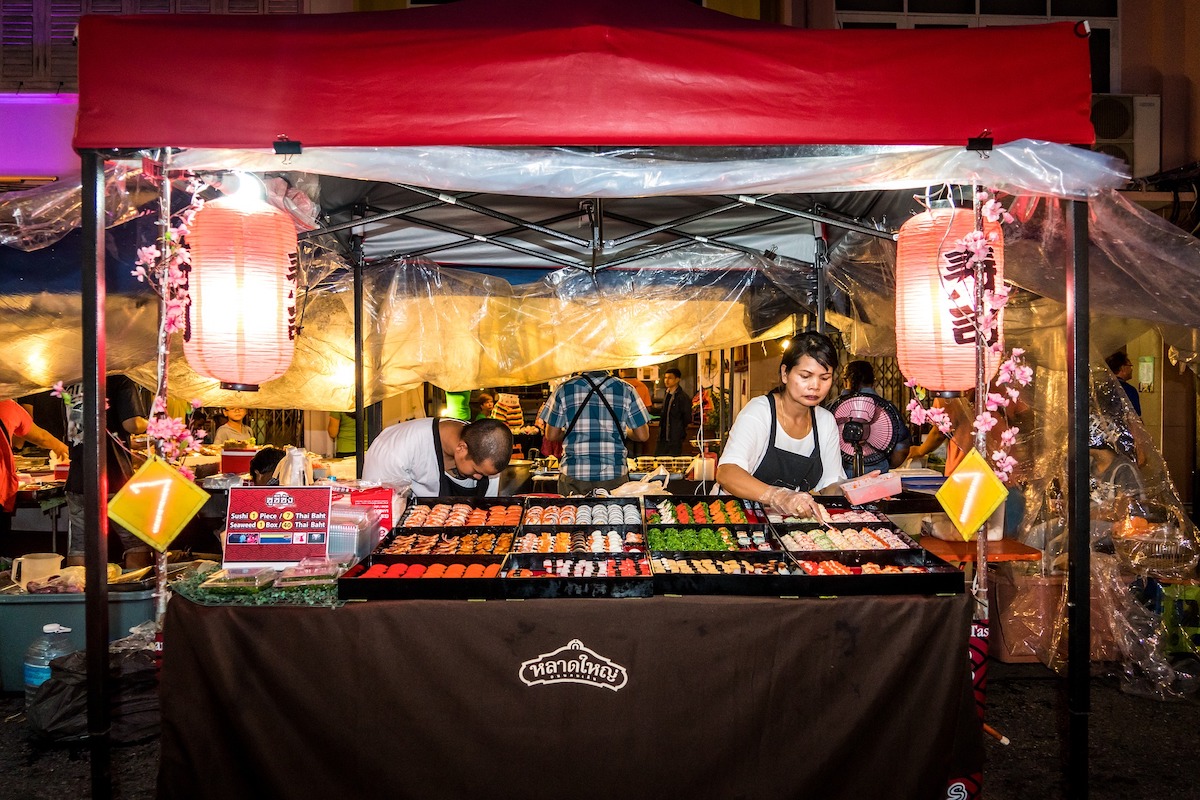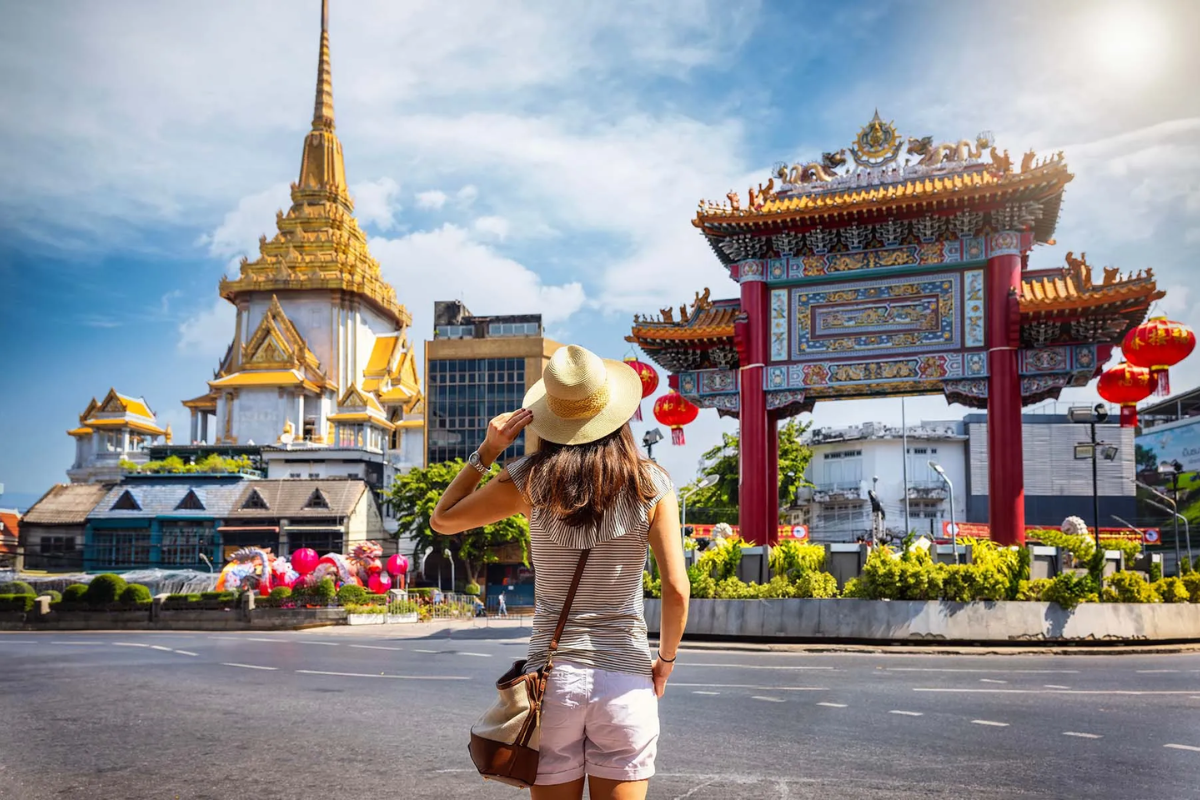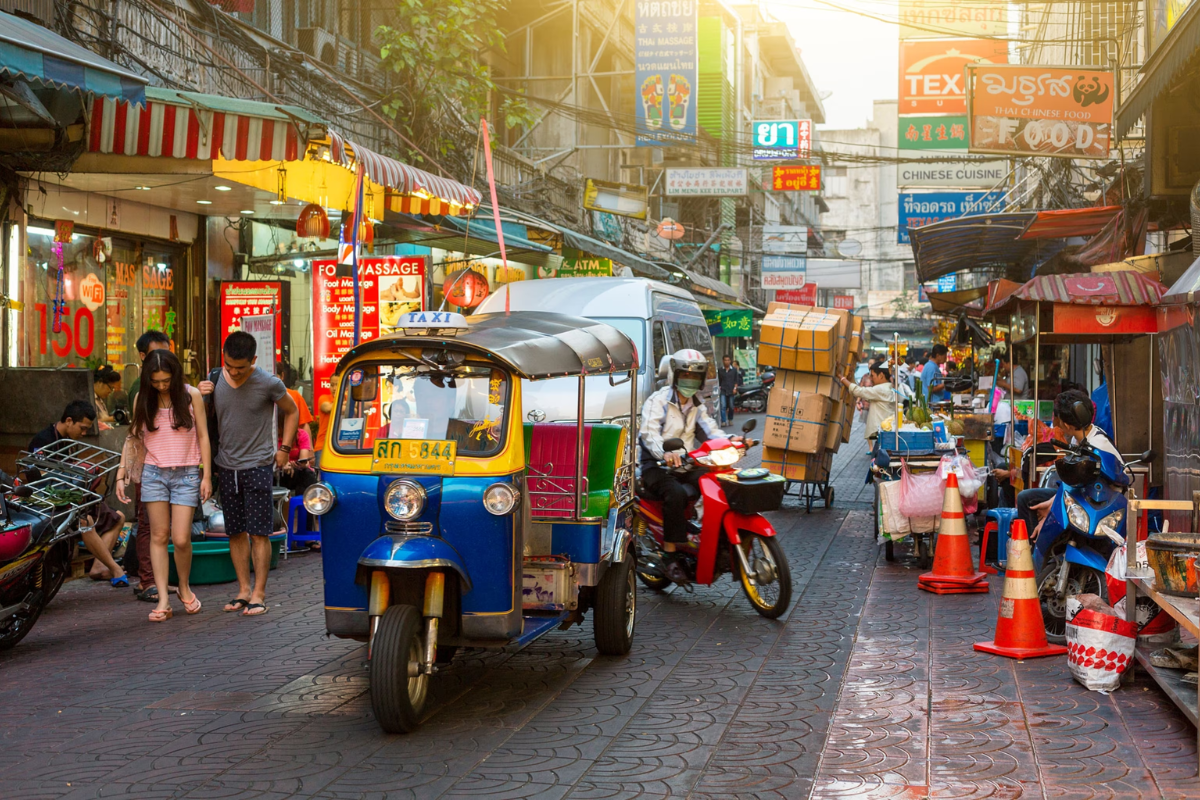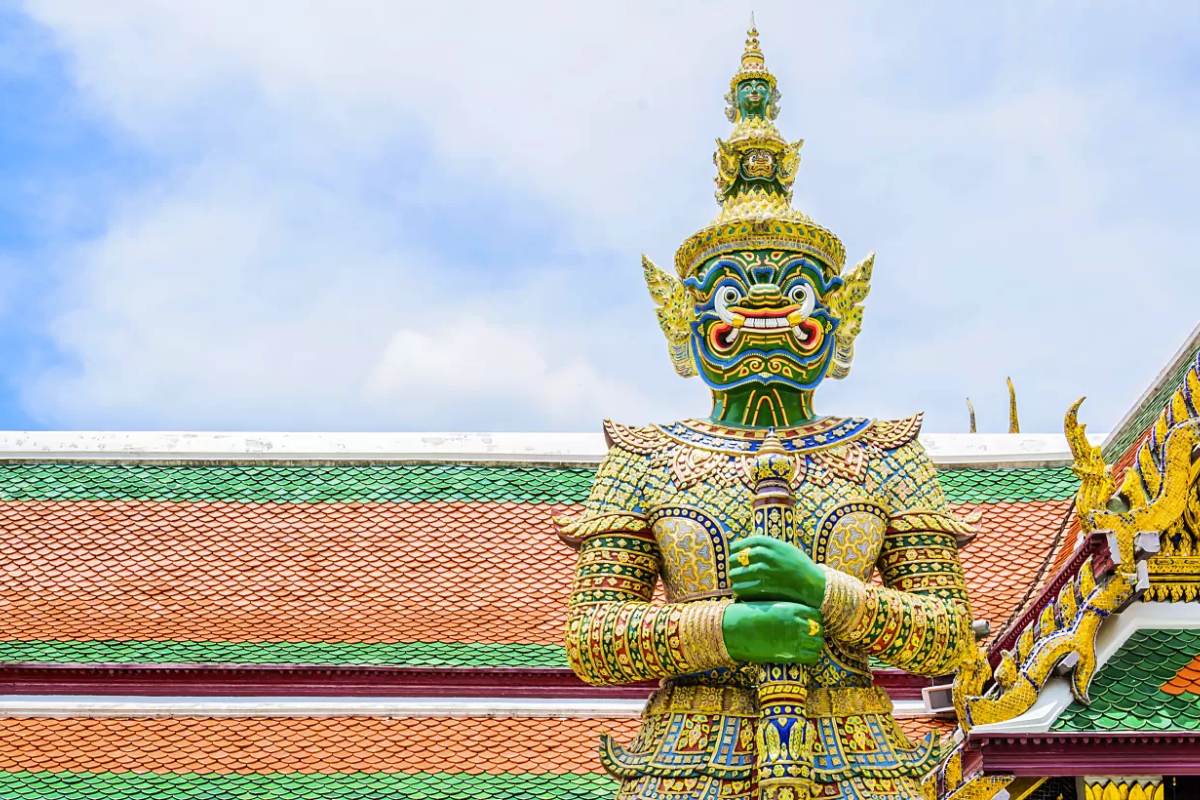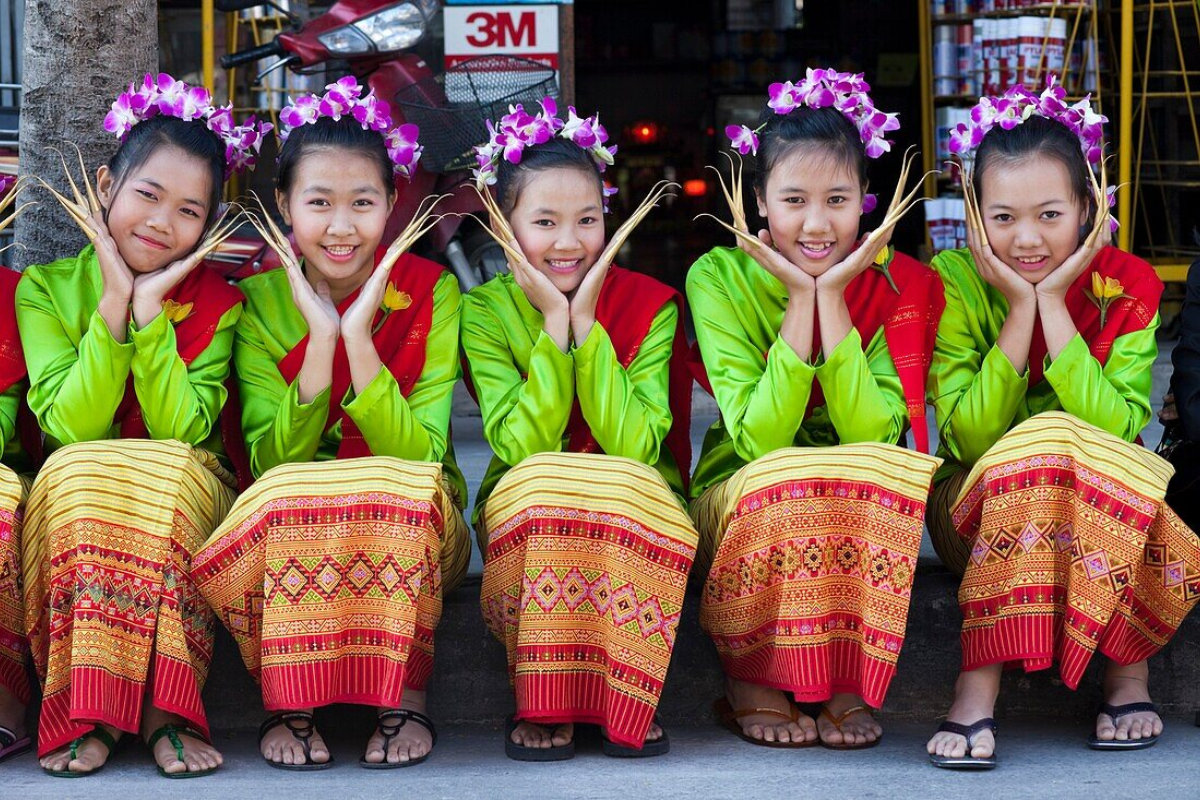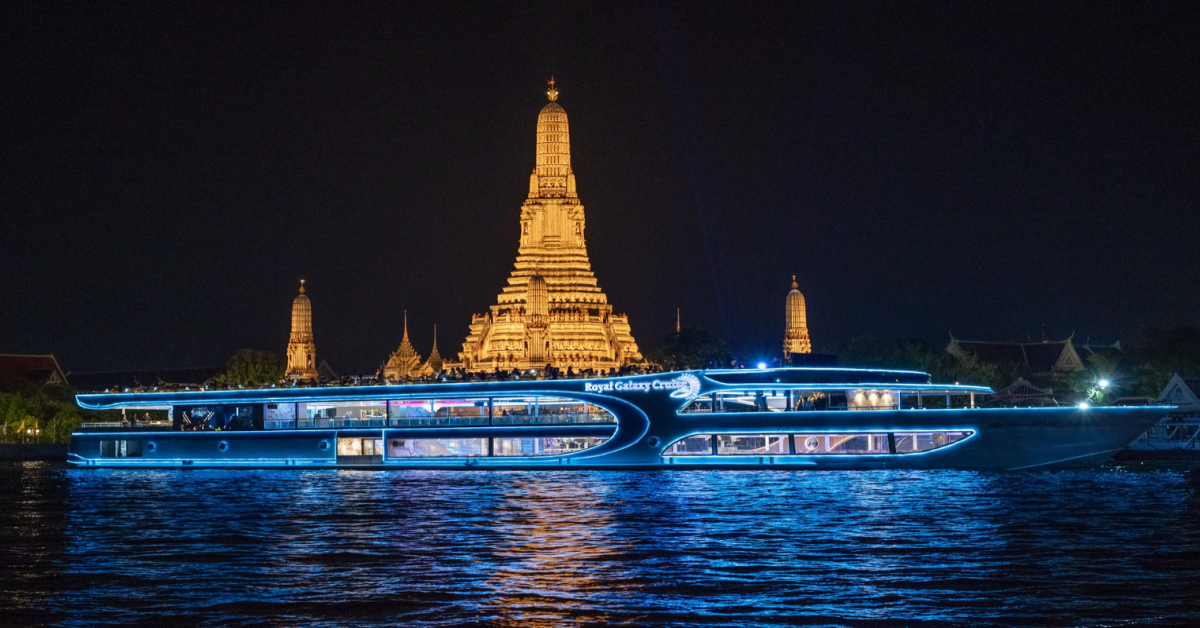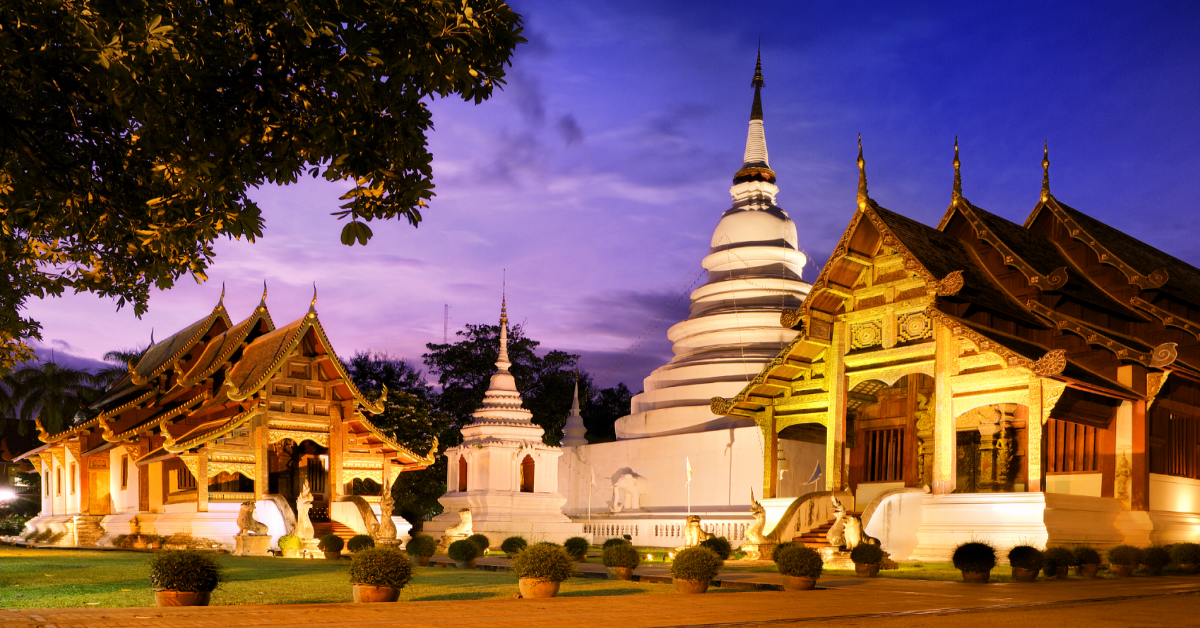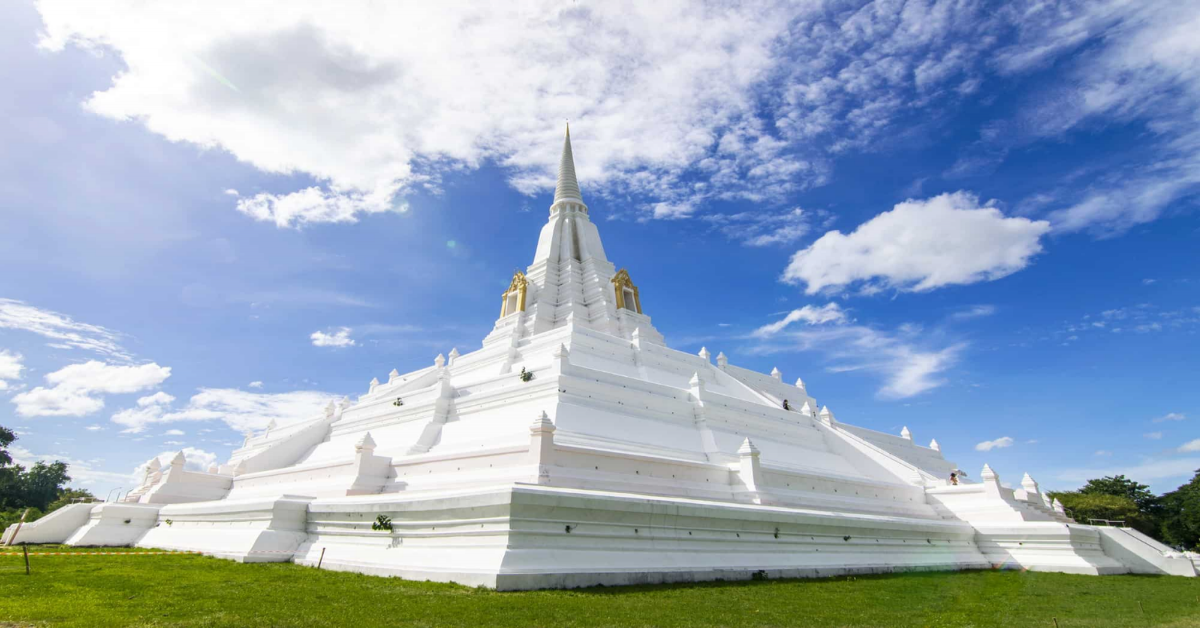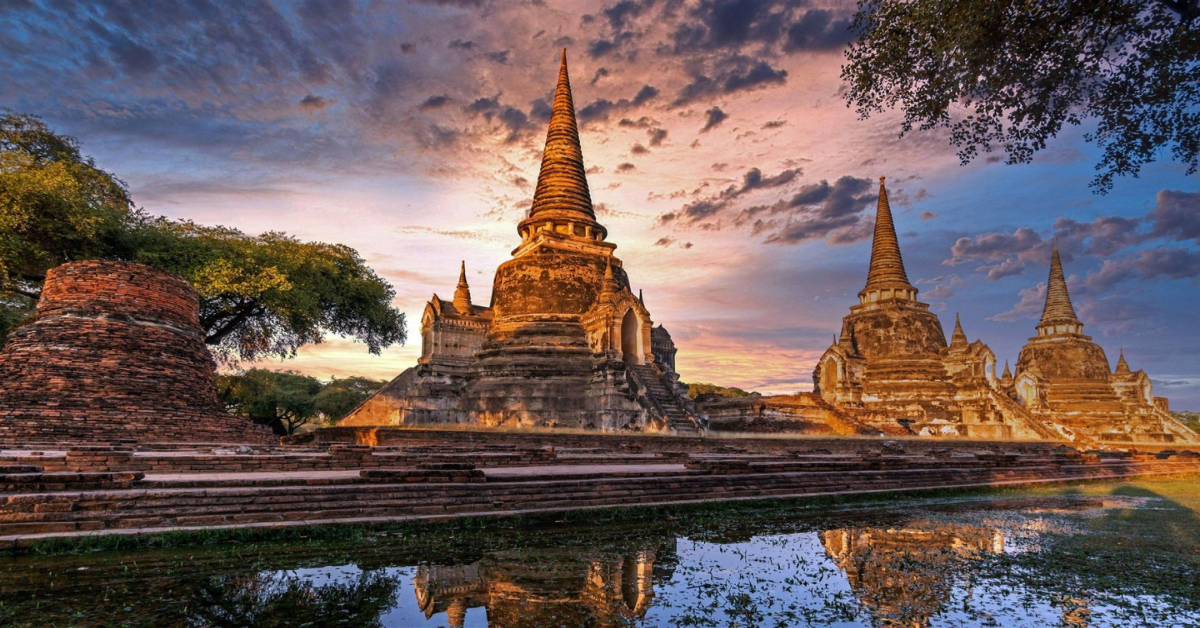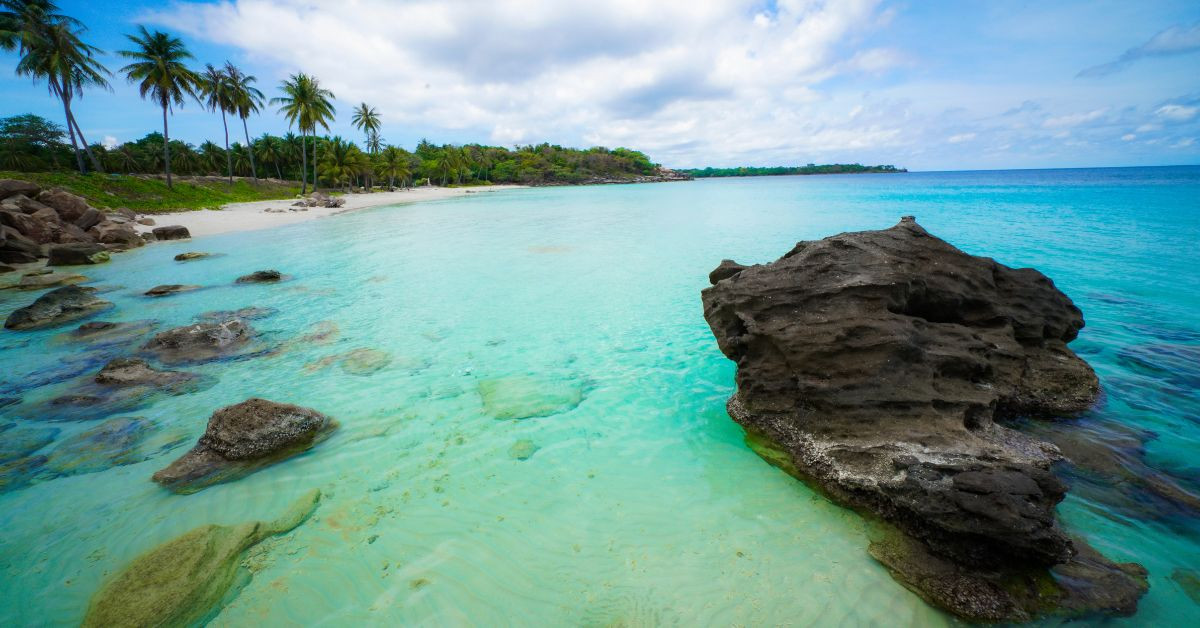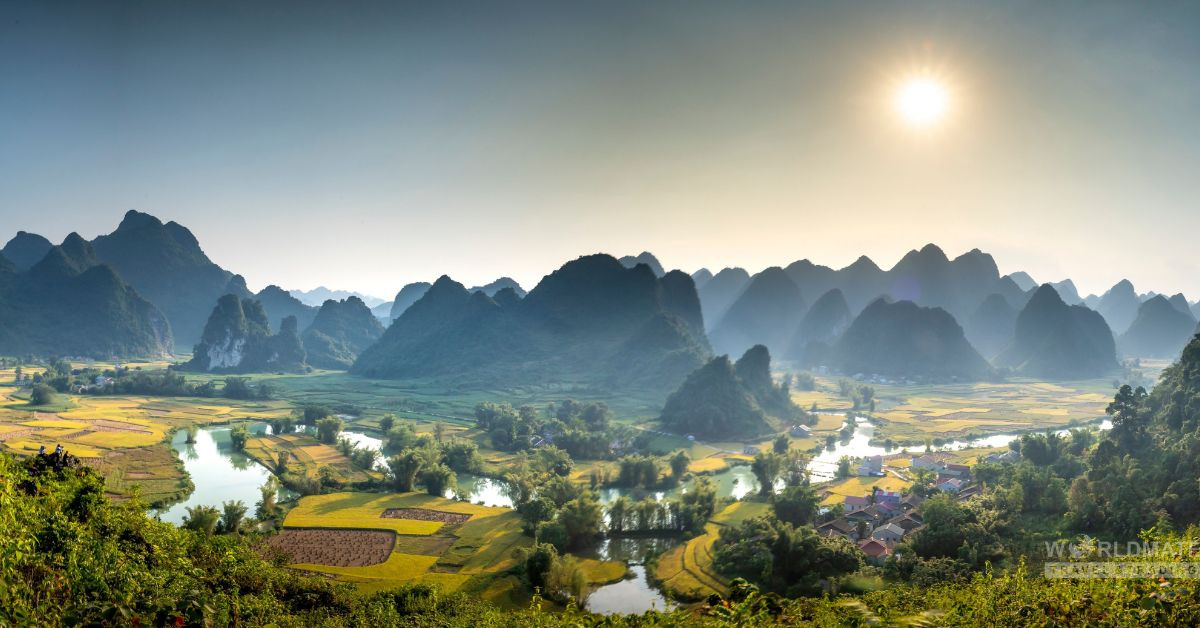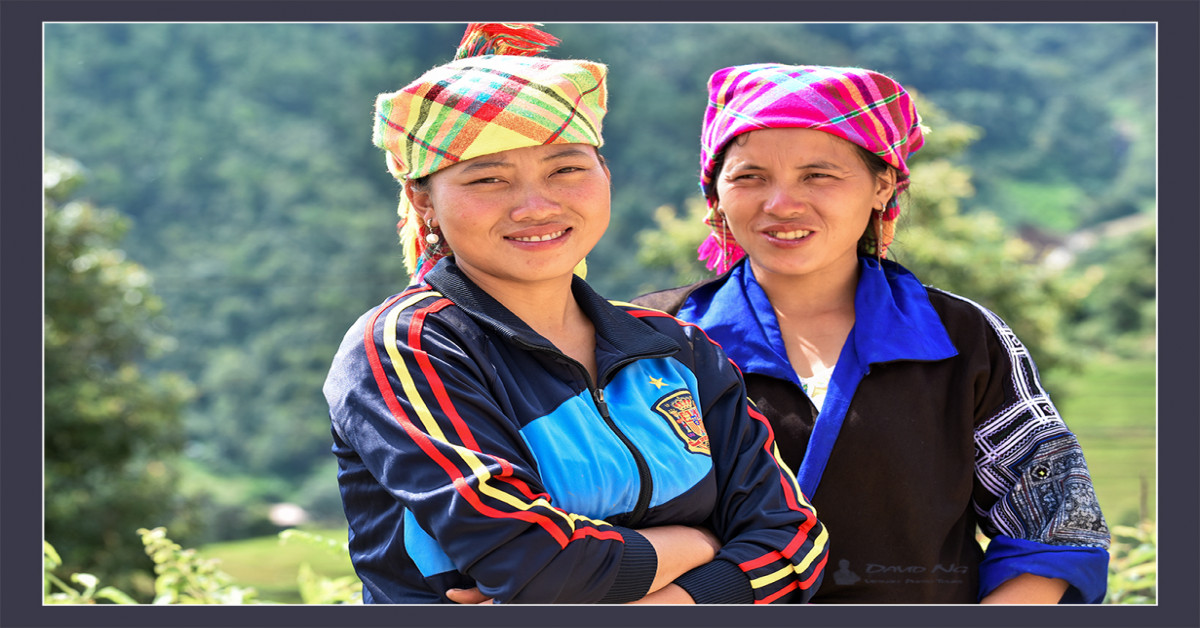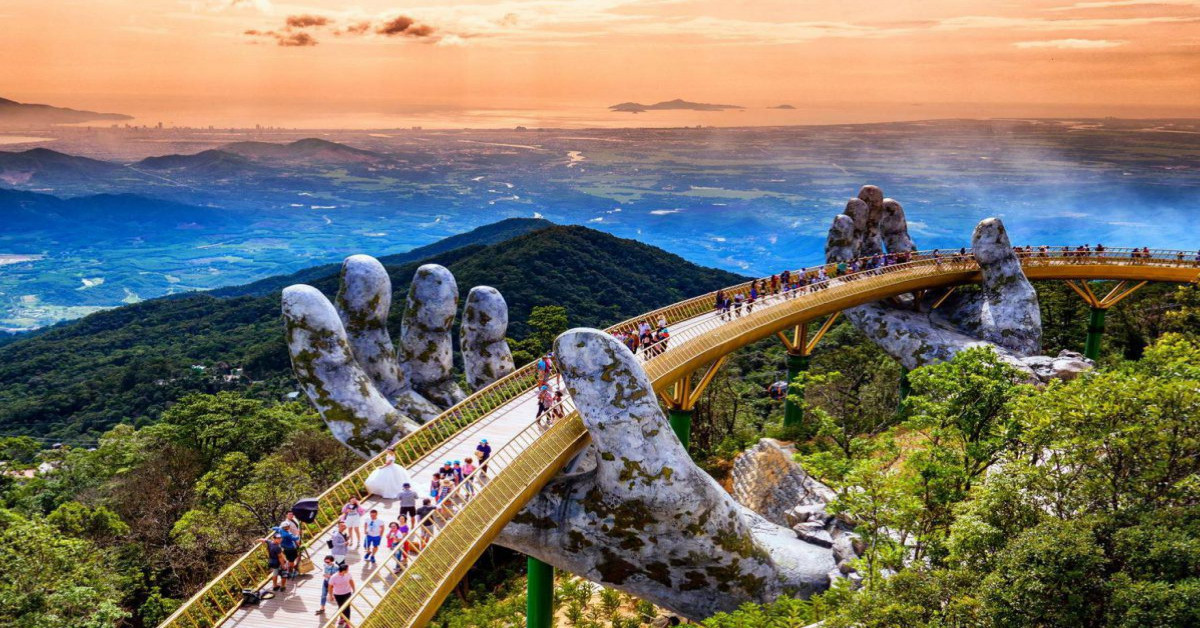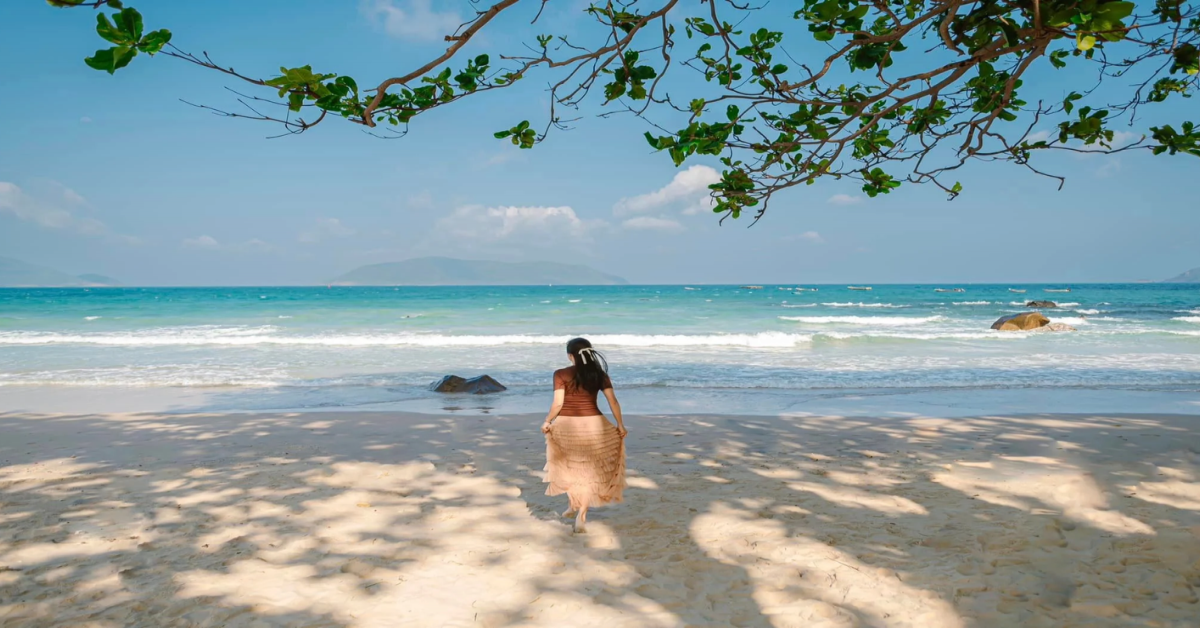10 Must-See Temples in Ayutthaya
The must-see temples in Ayutthaya showcase a remarkable amount of history, intricate design, skilled craftsmanship and variety. Once one of Asia’s capitals of religious learning (as well as the capital of the Ayutthaya Kingdom for 417 years), the city contains dozens of temples, making it a challenge to narrow the list down to a reasonable number of the best.
Ayutthaya was sadly ransacked and plundered by the Burmese in April 1767. Many of the city’s temples remain in the state they were left after the Second Burmese–Siamese War. The result is a fascinating look into the past, akin to exploring Burma’s Bagan or Cambodia’s Angkor Wat. Check out some of the city’s top temples and temple ruins below.
1. Wat Yai Chaimongkhon
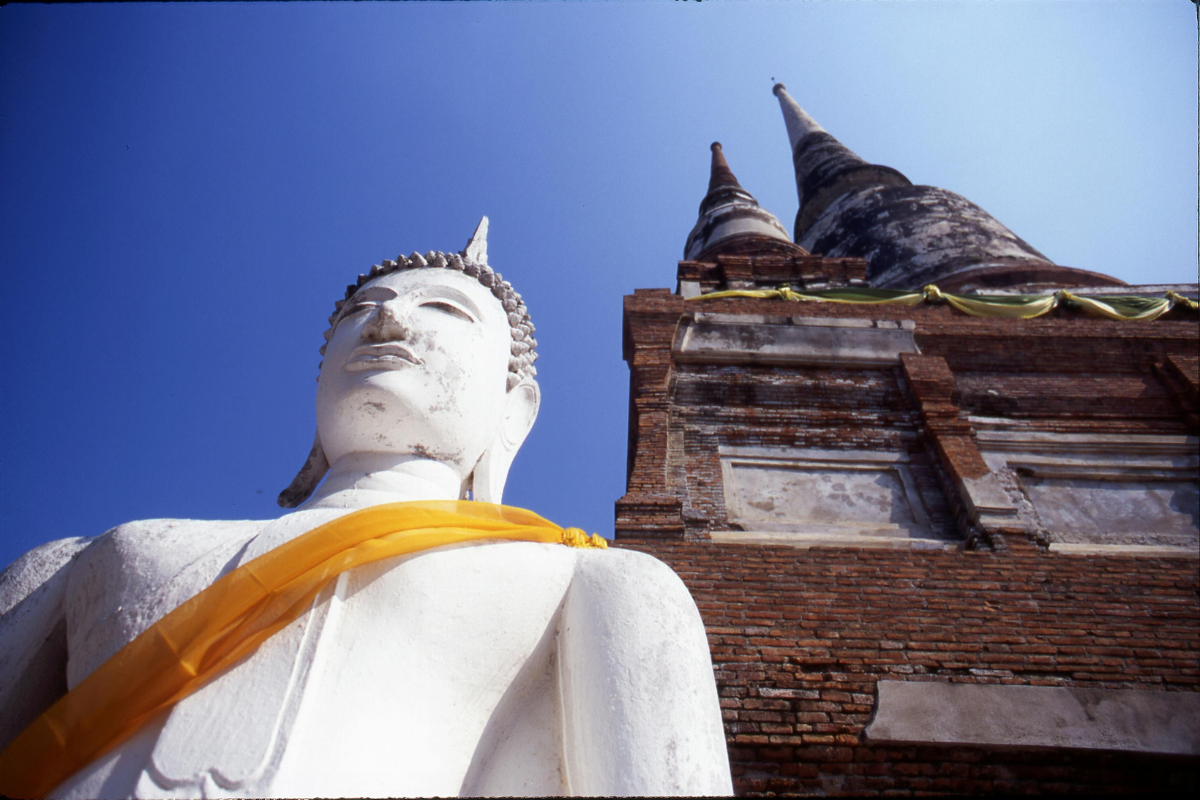
Wat Yai Chaimongkhon is one of the best-preserved ancient royal monasteries, situated just before the eastern entrance to the inner city. The temple is famous for its large reclining Buddha and a 62-metre inverted bell-shaped chedi (pagoda) built to commemorate King Naresuan’s victory over the Burmese.
Set on vast landscaped grounds, the temple was constructed during King U-Thong's reign (1350–1369) as a forest temple school. Surrounding the principal chedi are cloister walls lined with several Buddha images – a unique architectural feature of the Early Ayutthaya Period.
2. Wat Phra Mahathat
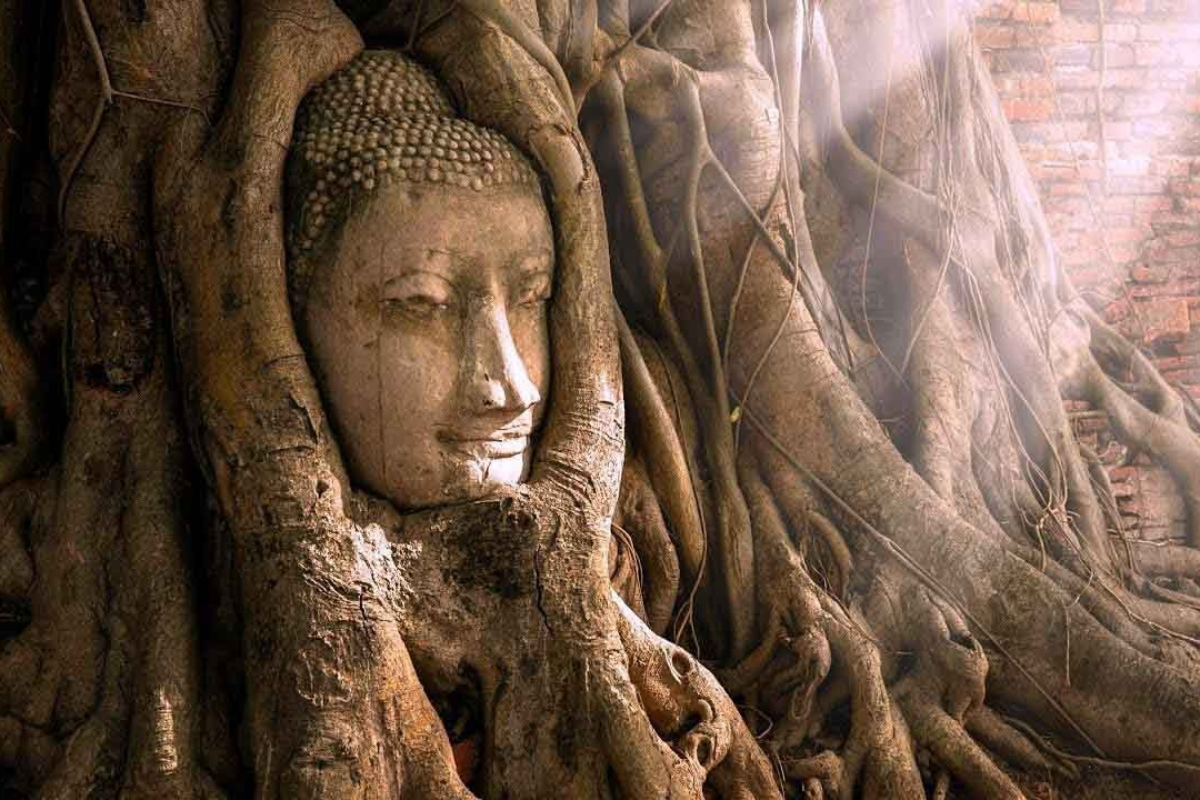
Wat Phra Mahathat was the royal ceremonial ground for both religious and non-religious affairs before King Trailoknat replaced it with Wat Phra Si Sanphet. Believed to be the spiritual centre of the Early Ayutthaya Period and built before Ayutthaya became the Siamese capital, the temple features a Khmer-style prang (now collapsed) that used to enshrine a miniature casket containing the Buddha’s relics (now on display at Chao Sam Phraya Museum).
Apart from the principal prang, Wat Phra Mahathat is the site of the lone Buddha's head entrapped by the roots of an overgrown banyan tree – today a popular icon of Ayutthaya.
3. Wat Phra Si Sanphet
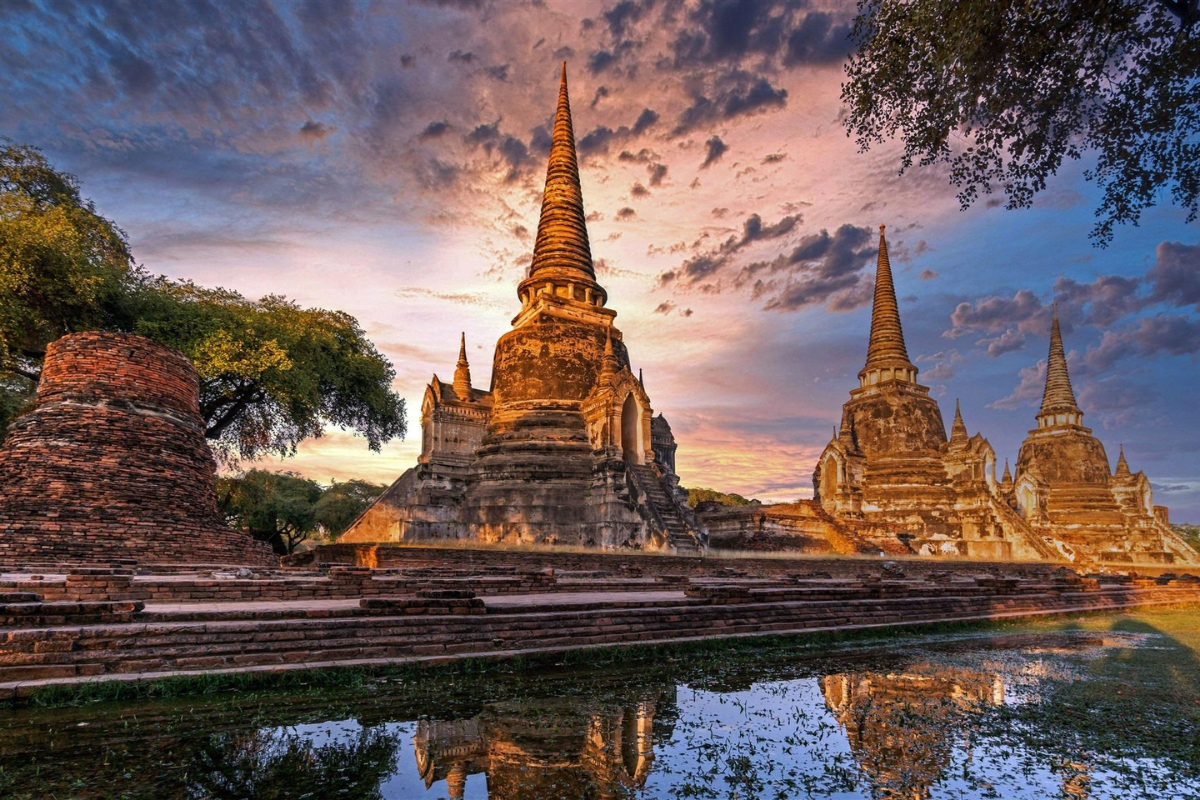
Wat Phra Si Sanphet in Ayutthaya served as the Royal Monastery from 1350 to 1448. The temple now occupies expansive grounds inside the walls of the now-collapsed Royal Palace. The 3 iconic chedis – housing the royal relics of 3 Ayutthaya Kings – are among the few structures left standing on the temple grounds.
4. Wat Chai Wattanaram
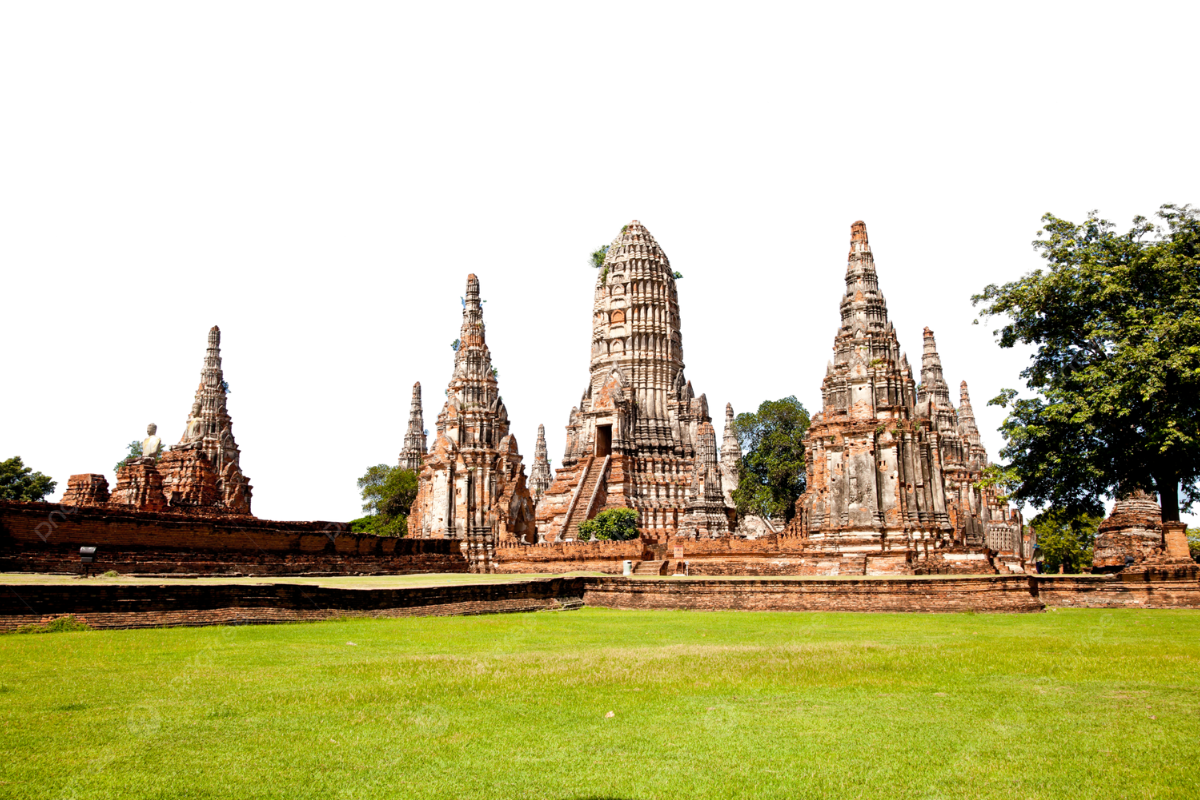
Wat Chai Wattanaram is set on the west bank of the Chao Phraya River, facing the inner city of Ayutthaya. This royal temple boasts one of the most elaborate interpretations of the Mount Meru concept in ancient Khmer architecture, which influenced the architectural style of the Late Ayutthaya Period (1629–1767).
5. Wat Phanan Choeng
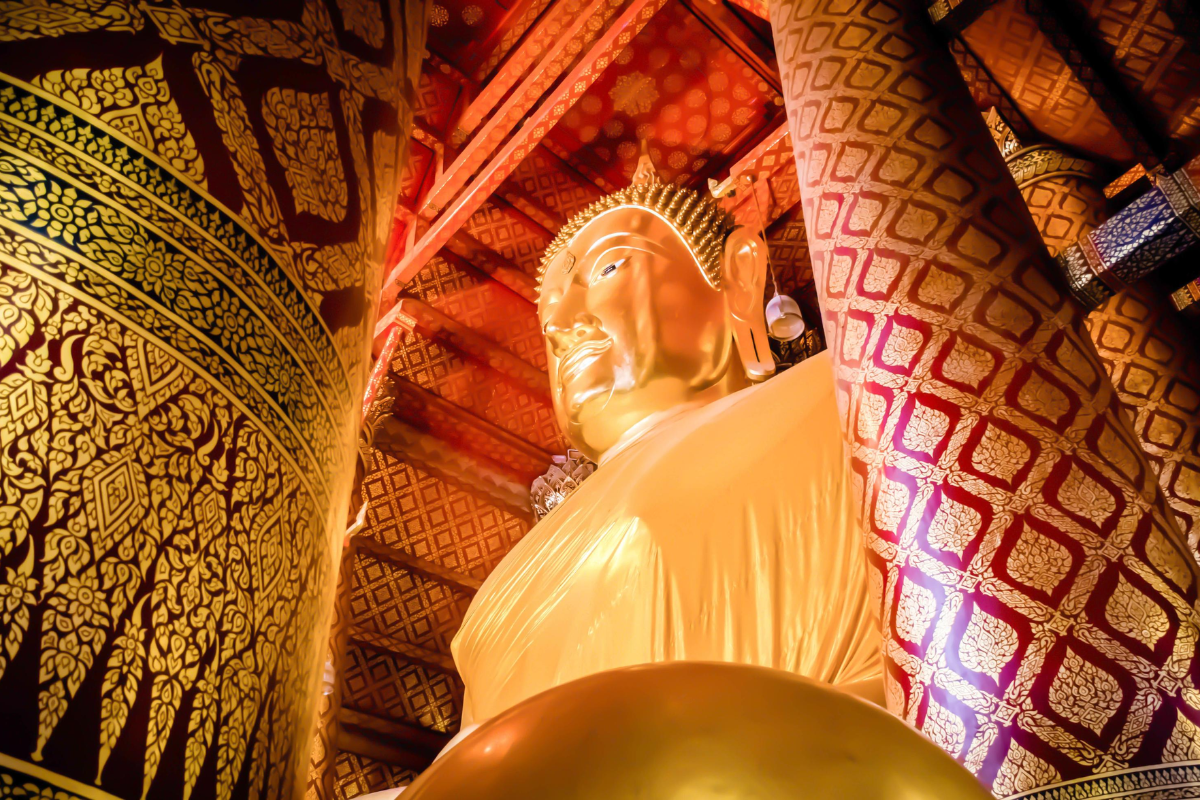
Wat Phanan Choeng houses a revered Buddha image dating back to 1324 and an ornate Chinese shrine dedicated to an Ayodhya Queen. Existing well before King U-Thong founded the Ayutthaya Kingdom, the temple contains a large bronze Buddha image – the oldest in Ayutthaya – built in 1325.
6. Wat Lokayasutharam
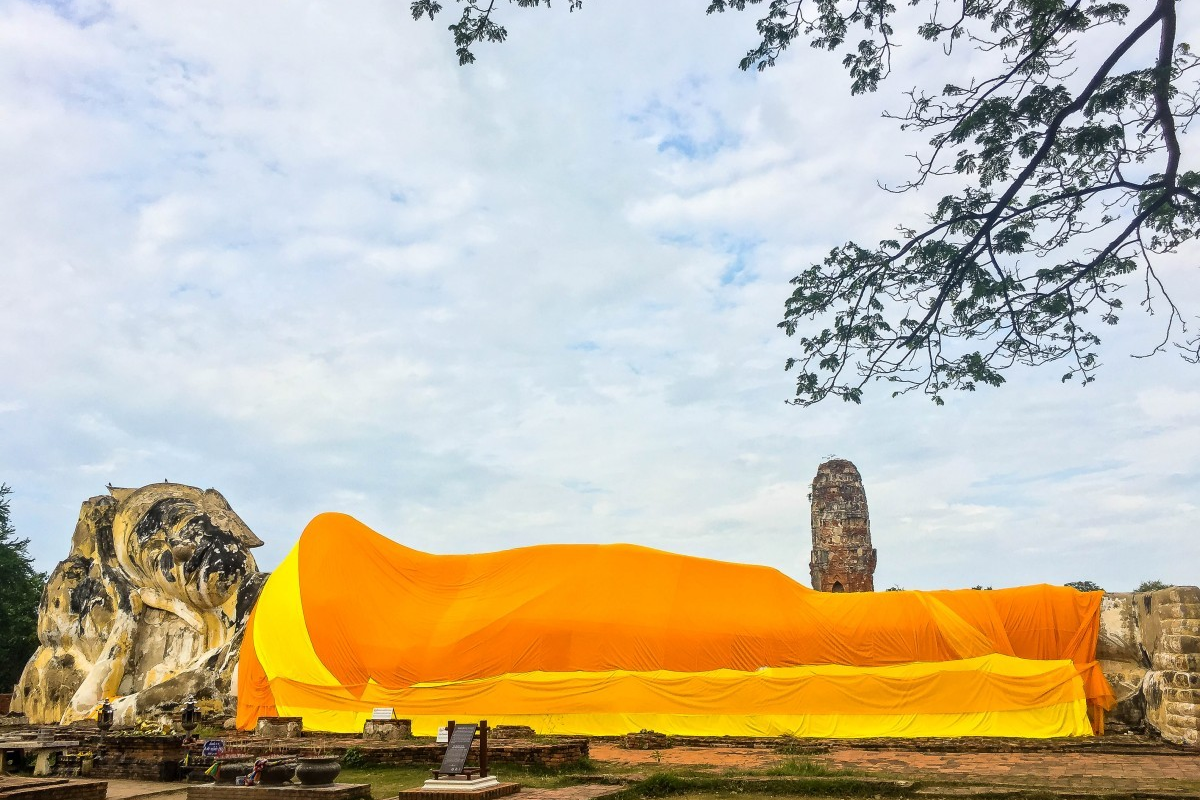
Wat Lokayasutharam is found in the northwest of the island which represents the historical heart of Ayutthaya. The Phra Noon reclining Buddha is a statue without a temple, as the other structures have been all but flattened.
7. Wat Ratchaburana
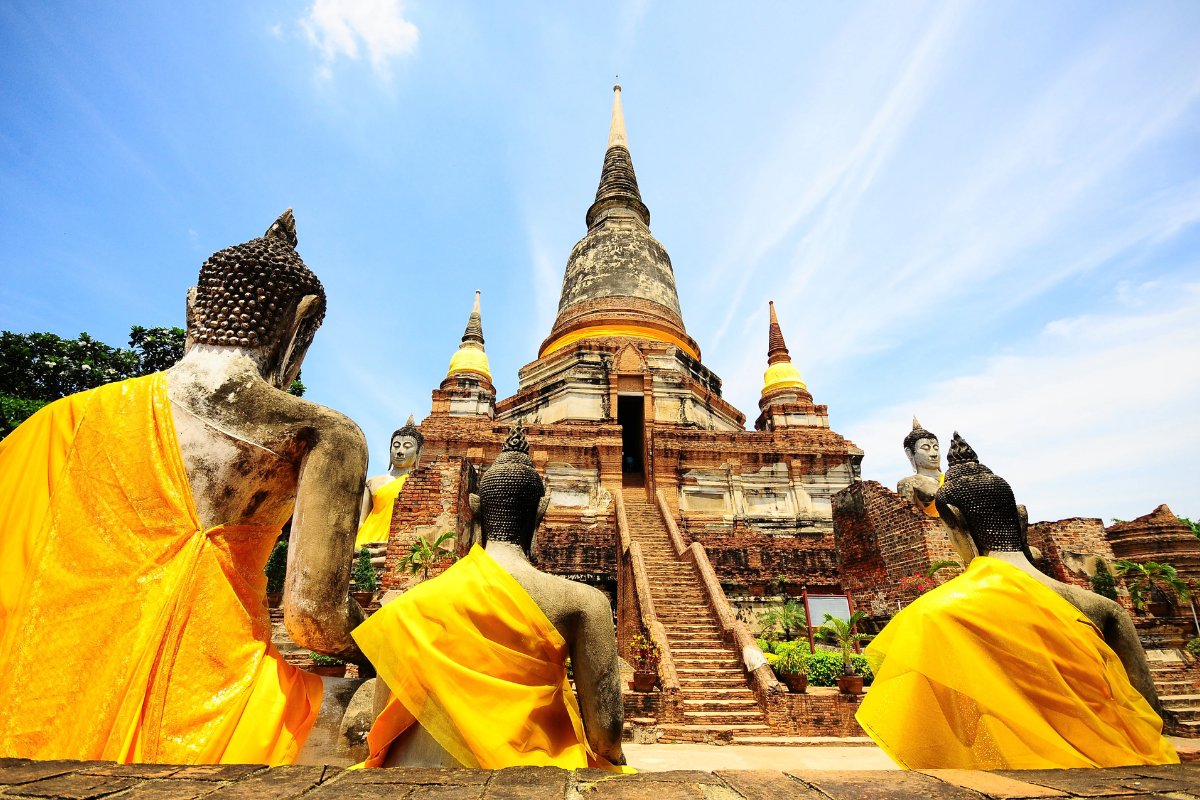
Wat Ratchaburana is located just across the road from Wat Mahathat and stands out for its well-preserved prang. The rest of the temple is in significantly poorer repair, but remains an attractive destination for those looking for a little mystery in Ayutthaya.
8. Wat Na Phra Men
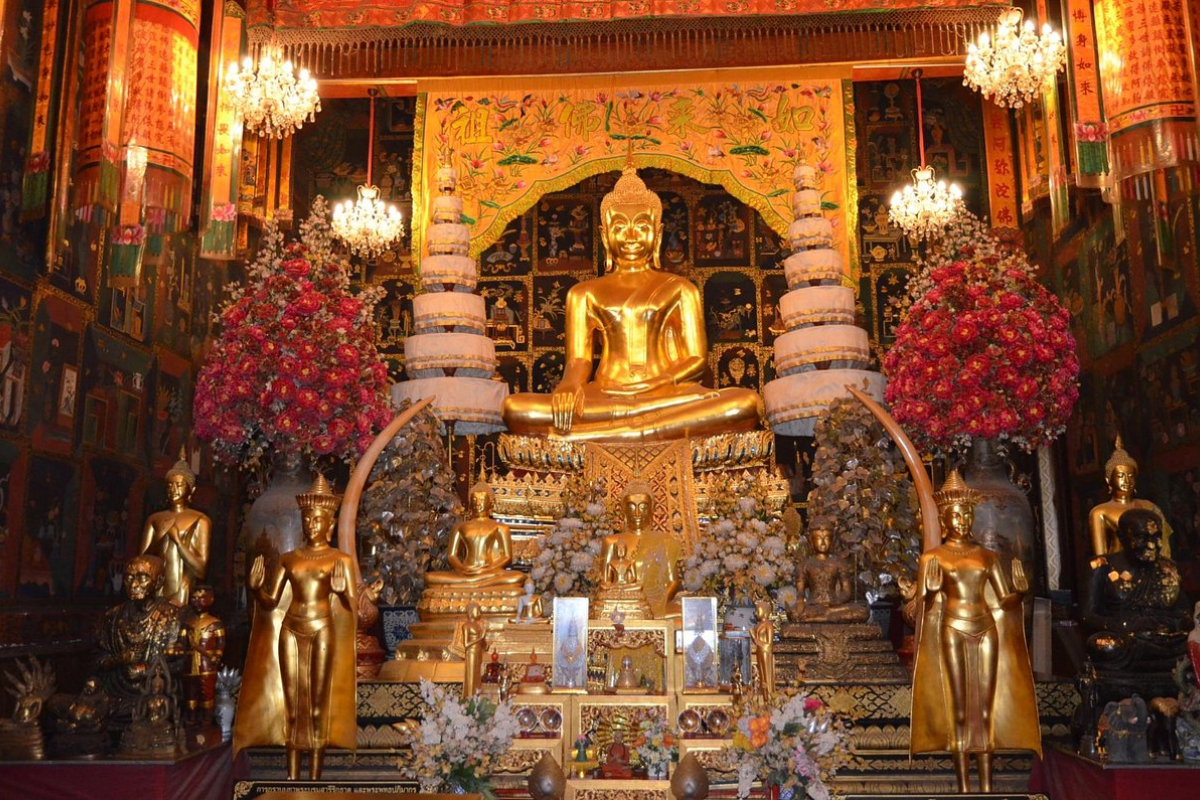
Wat Na Phra Men was the only temple left intact at the time Ayutthaya fell, as it was used as a military headquarters by the Burmese army. It houses a beautiful Buddha image inside, fully decorated in regal attire, which is the signature style of the Late Ayutthaya Period.
9. Wat Phutthaisawan

Wat Phutthaisawan’s principal prang is clearly visible across the river from the inner city area. Built during the reign of King U-Thong (1351–1369), the temple’s main highlights include rare murals painted in the Late Ayutthaya Period and a replica of the Buddha's footprint inside the prang.
10. Wat Phu Khao Thong
.png-image-xqazmmhd.png)
Wat Phu Khao Thong sits just to the northwest of the Historical Park, surrounded by rice paddies and a small lake. At 50 metres tall, the upper levels of the giant white chedi provide impressive views across the surrounding countryside.
When planning a trip to Bangkok, it’s important to choose the right accommodation and plan your tours in advance. January is a fantastic time to visit with cooler, dry weather—perfect for sightseeing and exploring the city. Booking your hotel or resort early ensures the best rates and availability.
Discover the vibrant energy of Bangkok with our expertly designed tours that take you through its bustling markets, majestic temples, and rich street food culture. Check out our most popular Bangkok tour packages:
Why Choose World Mate Travel for Your Bangkok Adventure?
- Expertly recommended hotels in central locations
- Custom Bangkok tours featuring iconic landmarks and local experiences
- 24/7 travel assistance to support your journey
Book your Bangkok trip today and dive into the heart of Thailand’s capital for a truly unforgettable experience!
Contact Us:
Email: sales@worldmatetravel.com
WhatsApp: +84988660505
